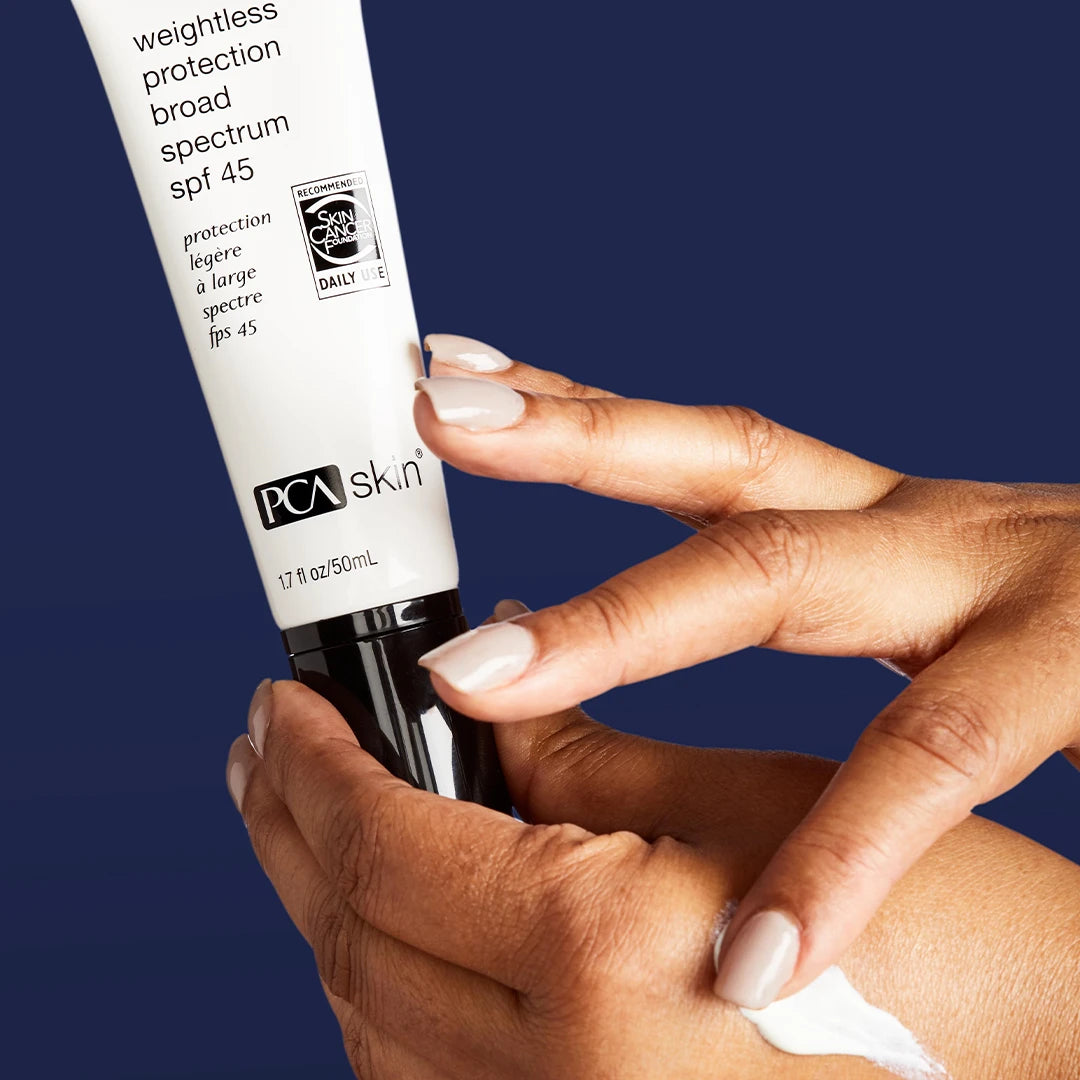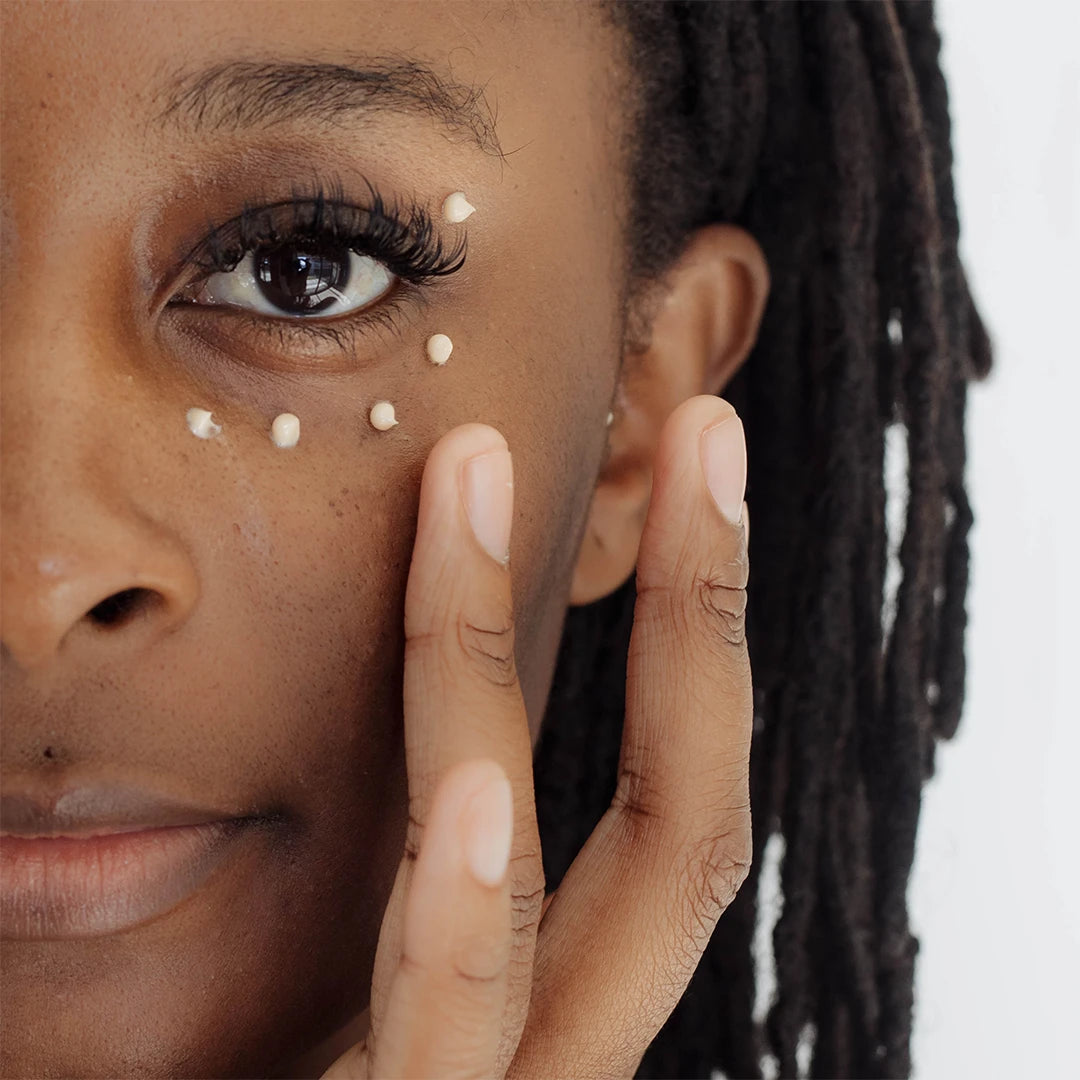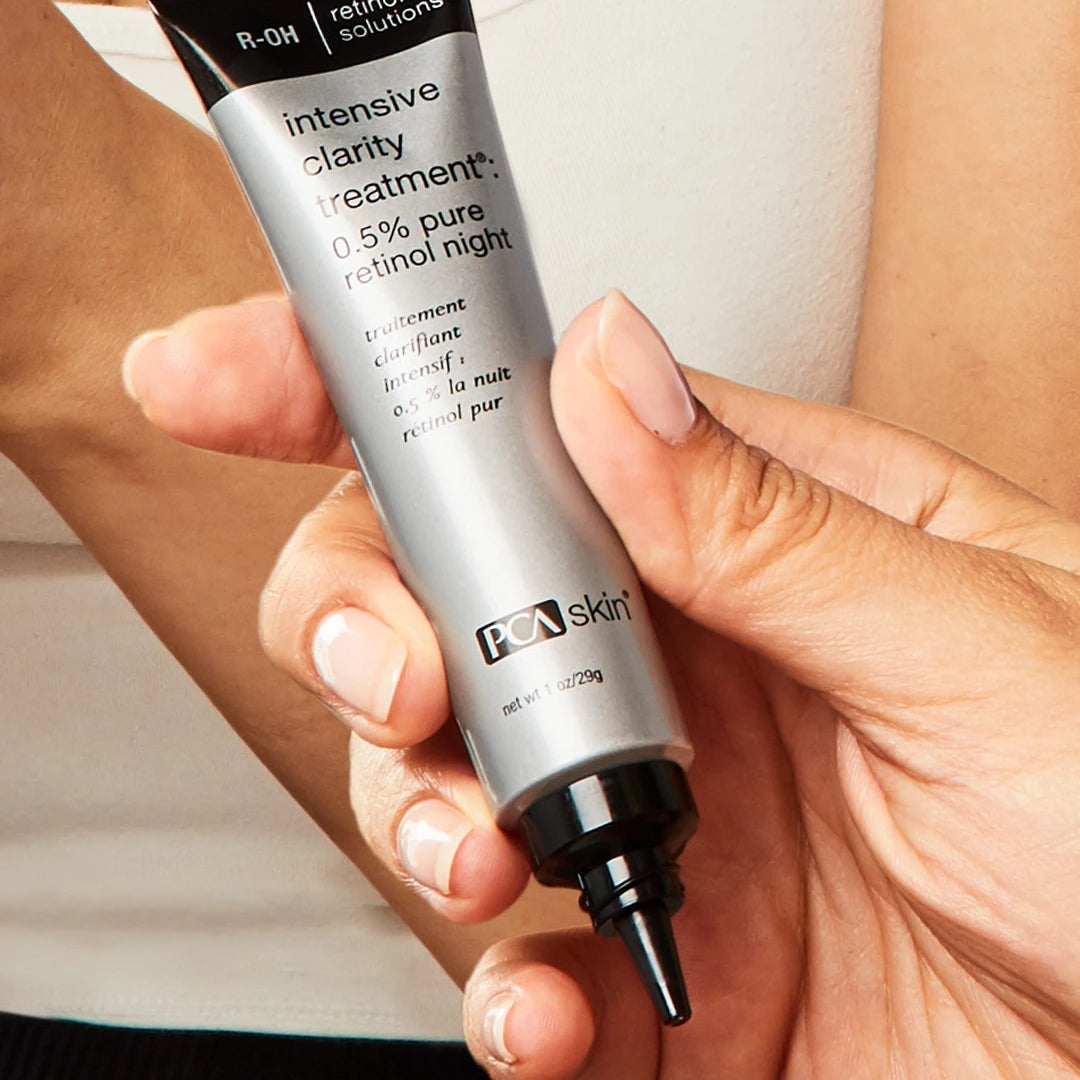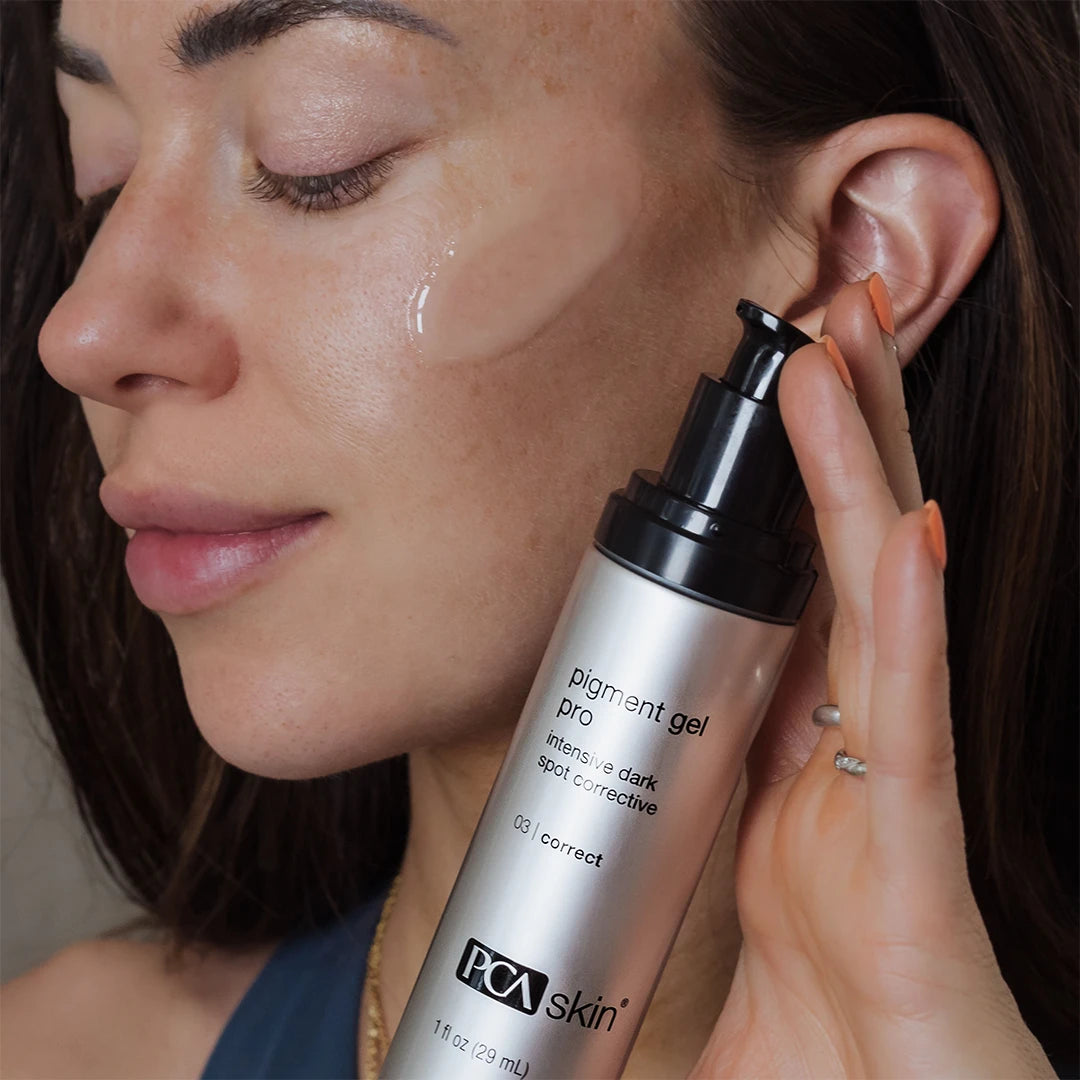
What is a broad spectrum sunscreen?
Protecting against all UV rays
The biggest cause of premature aging is sun exposure. The good news is that there is a simple daily preventative measure that has been shown to significantly reduce skin cancer and signs of aging like wrinkles and sunspots: broad-spectrum sunscreen.
Broad-spectrum sunscreen refers to sunscreens that protect your skin from both UVA and UVB rays. Even if a sunscreen has a high sun protection factor (SPF), if it’s not broad-spectrum, you won’t be protected from all UVA rays. The current SPF rating system from the Food and Drug Administration (FDA) only specifies how much UVB protection a sunscreen provides, not how much UVA protection. For a sunscreen to be classified as broad-spectrum, the FDA requires that the product undergo a series of tests to prove that it protects against both UVA and UVB rays.
It’s important to protect against both types of rays because they affect your skin in different ways.
Think of it this way:
UVB has a B for “burn”—these rays cause sunburn, aging, and possibly skin cancer.
UVA has an A for “aging”—these rays cause wrinkles and possibly skin cancer (but to a lesser extent than UVB) after repeated exposure. UVA rays make up more than 90 percent of all UV radiation, and they penetrate clouds and glass year-round.
A broad-spectrum sunscreen includes a combination of ingredients that protect against both types of rays. Look for ingredients like zinc oxide, octinocate, octisalate, and titanium dioxide. The different combinations of these ingredients provide complete protection from both UVA and UVB rays.
Wearing a broad-spectrum sunscreen every day, even on cloudy days or days you’ll be spending indoors, is key to keeping your skin healthy and preventing premature aging like fine lines, wrinkles, and sunspots, as well as protecting against some types of cancer. If you’re going to apply just one skincare product before you leave the house, make sure it’s a broad-spectrum sunscreen.
The biggest cause of premature aging is sun exposure. The good news is that there is a simple daily preventative measure that has been shown to significantly reduce skin cancer and signs of aging like wrinkles and sunspots: broad-spectrum sunscreen.
Broad-spectrum sunscreen refers to sunscreens that protect your skin from both UVA and UVB rays. Even if a sunscreen has a high sun protection factor (SPF), if it’s not broad-spectrum, you won’t be protected from all UVA rays. The current SPF rating system from the Food and Drug Administration (FDA) only specifies how much UVB protection a sunscreen provides, not how much UVA protection. For a sunscreen to be classified as broad-spectrum, the FDA requires that the product undergo a series of tests to prove that it protects against both UVA and UVB rays.
It’s important to protect against both types of rays because they affect your skin in different ways.
Think of it this way:
UVB has a B for “burn”—these rays cause sunburn, aging, and possibly skin cancer.
UVA has an A for “aging”—these rays cause wrinkles and possibly skin cancer (but to a lesser extent than UVB) after repeated exposure. UVA rays make up more than 90 percent of all UV radiation, and they penetrate clouds and glass year-round.
A broad-spectrum sunscreen includes a combination of ingredients that protect against both types of rays. Look for ingredients like zinc oxide, octinocate, octisalate, and titanium dioxide. The different combinations of these ingredients provide complete protection from both UVA and UVB rays.
Wearing a broad-spectrum sunscreen every day, even on cloudy days or days you’ll be spending indoors, is key to keeping your skin healthy and preventing premature aging like fine lines, wrinkles, and sunspots, as well as protecting against some types of cancer. If you’re going to apply just one skincare product before you leave the house, make sure it’s a broad-spectrum sunscreen.



